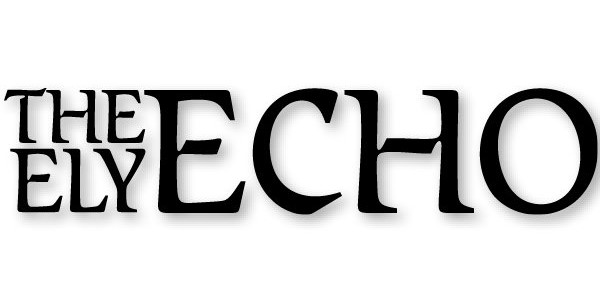A rare sit-down with area legislators provided Ely school officials some input about activity at the state capitol and perhaps some direction as they ponder the use of better than $5 million award for school athletic facilities.
State Sen. Grant Hauschild (D) and State Rep. Roger Skraba (R), meanwhile, got input from superintendent Anne Oelke and board members about a bevy of issues that will be on the docket in St. Paul over the next few months.
The give-and-take, which came via Zoom, is believed to be the first time in years the Ely board had an exclusive session with the area’s legislators.
Hauschild brought board members up to speed about one of his proposals to help rural school districts - by including seasonal recreational properties in school operating levies.
“For the Ely School District, I think it would be of tremendous benefit to get them on your tax rolls,” said Hauschild.
While no data was available at the study session, officials believe the abundance of seasonal recreational properties in the district would substantially grow the district’s tax base, and allow for school property taxes to be spread out among a much larger number of properties.
Skraba endorsed Hauschild’s measure and looked back in history, when seasonal recreational properties were exempted from operating levies during the administration of former Gov. Jesse Ventura.
“I think by owning a piece of property in the area and if you want a property to recreate, that’s great,” said Skraba. “But if you weren’t there, and someone else lived there, the school district would be receiving those tax dollars.”
Oelke looked back at the better than $20 million facilities project on campus, which was kickstarted by approval of a referendum in 2020 as well as a $7 million award from the Iron Range Rehabilitation Board.
Those funds were central to the improvements that included the new addition between the Washington and Memorial buildings that includes new gymnasium space, offices, a cafeteria and commons area and a new secure entrance to the campus.
Cost overruns attributed in part to the Covid-19 pandemic led to a second round of funding and the recent completion of other initiatives including window replacement and various classroom and restroom upgrades.
“It’s like a new campus,” said Oelke.
“The windows look absolutely stunning,” said Skraba.
The additional help continued last year with state lawmakers awarding the district, $5.25 million, including $250,000 specifically for the baseball field and another $5 million to improve the district’s athletic facilities overall.
Oelke recalled how the initiative evolved from conversations Hauschild had in Ely prior to a July 4 parade.
“Senator Hauschild called me and said how about another $5 million and I said ‘great,’” said Oelke. “Now we have $5.25 million to put toward our athletic facilities.”
Engineers engaged by the district identified over $15 million in potential athletic- related improvements and Oelke said the district has formed a subcommittee to prioritize items, and explore opportunities for additional funding.
“We’re going to put a lot of time and effort into how we can make that grow,” said Oelke. “We’re hoping to put together a systematic plan to get to the end of that list so we have this beautiful improvement on all of our athletic facilities to match our campus.”
Hauschild offered words of advice as the district proceeds.
“With regard to the $5 million, the impetus for this was the conversation I had on the Fourth of July and the baseball fields and differentiating Ely Public Schools’ extracurriculars from other school districts. All of us have something special that we do and an opportunity to showcase. I’m not telling you how to use the money, but I would encourage you to think big in that you want to make the biggest impact you can and make a splash and showcase a special area of your athletics... I think the point of the dollars was really to be transformational.”
The discussion later veered to priorities highlighted not only by the Ely district, but advocacy groups for public education.
One dealt with efforts to increase state funding for education to make up for a shortfall created by inflation.
It’s estimated districts are being shorted by $1,361 per student simply because state aid, currently at $7,281 per student, has not kept pace with inflation, “Everybody’s asking for the general education formula to make up for that inflation shortfall,” said Oelke. “I’m sure you are hearing that a lot.”
In similar fashion, schools are seeking an increase in the local operating revenue allowance, from the current maximum of $724 per student up to $974 per student, to adjust for inflation since the inception of the law.
Oelke also spoke of the impact felt in Ely by the post secondary enrollment option program, which allows high school juniors and seniors to be dual-enrolled both at the high school and the neighboring Vermilion campus of Minnesota North College, Currently, 28 students take advantage of the PSEO program, taking much of their state aid with them.
“We only get a small amount of that funding,” said Oelke. “And we really can’t control any of those requirements. Twenty-eight students that we lose funding on really impacts our revenue.”
Also addressed were state measures that, according to school officials, tie their hands via state restrictions.
Oelke identified a program that allows Ely to obtain $40,000 in student support personnel aid, but the district is unable to do so because of language requiring the funds only to be used for certain positions.










